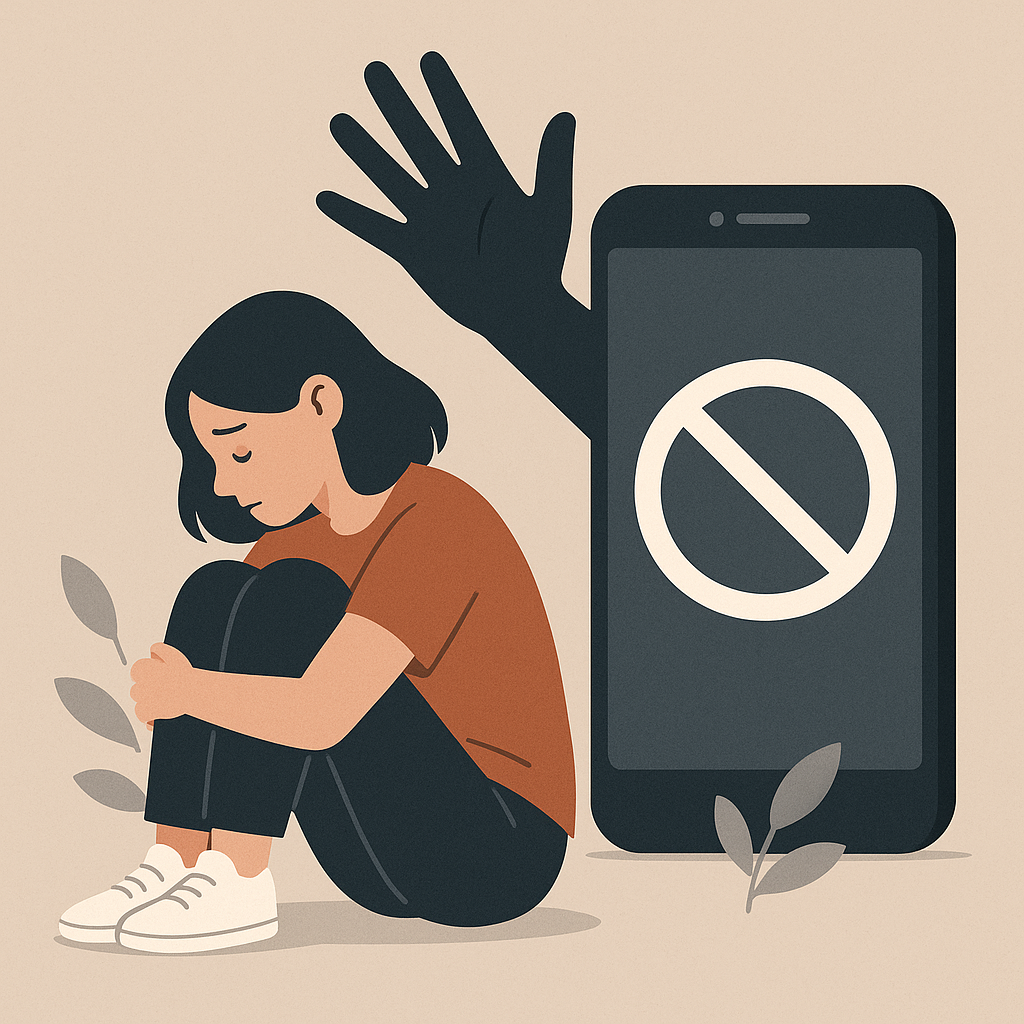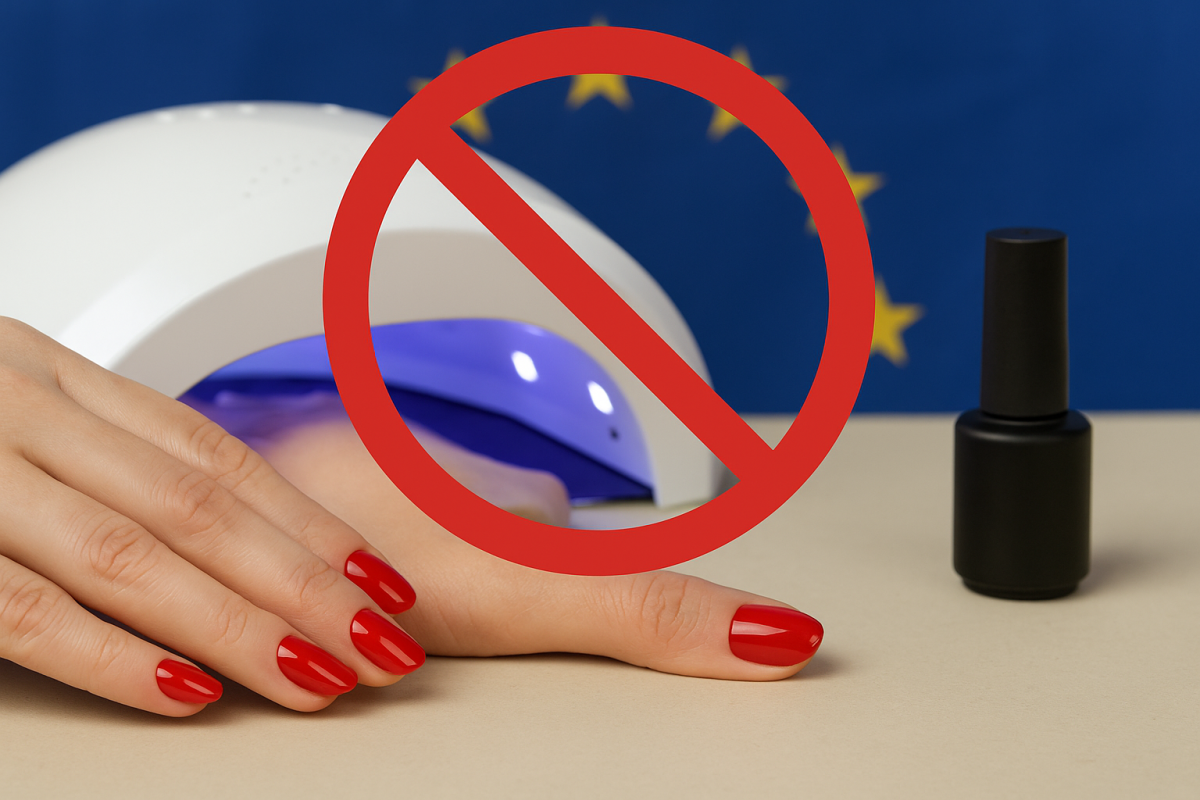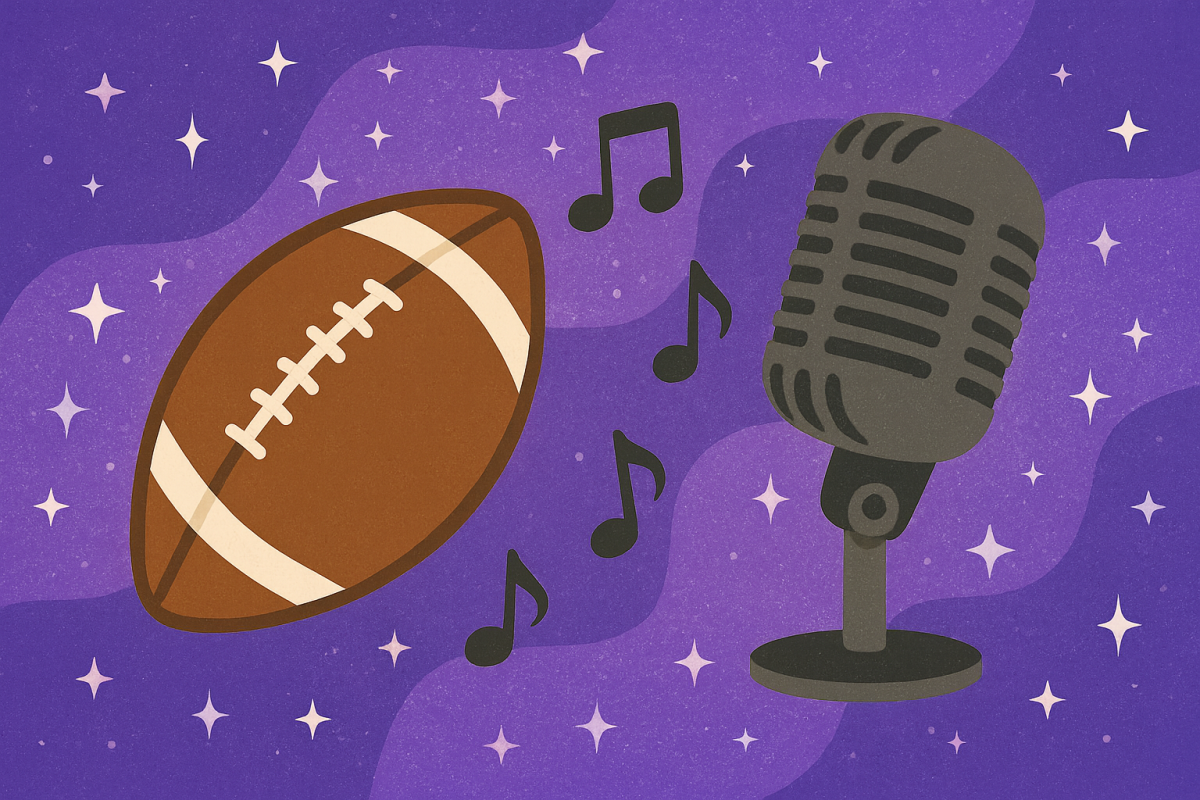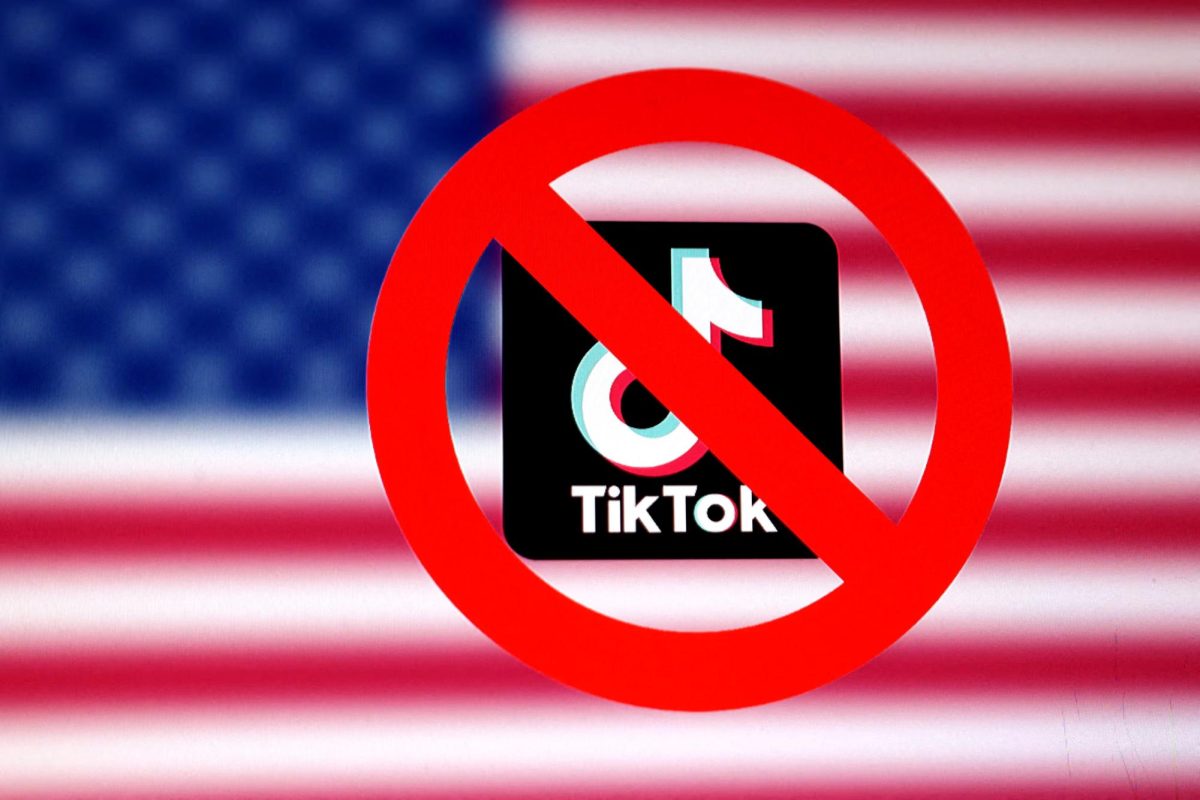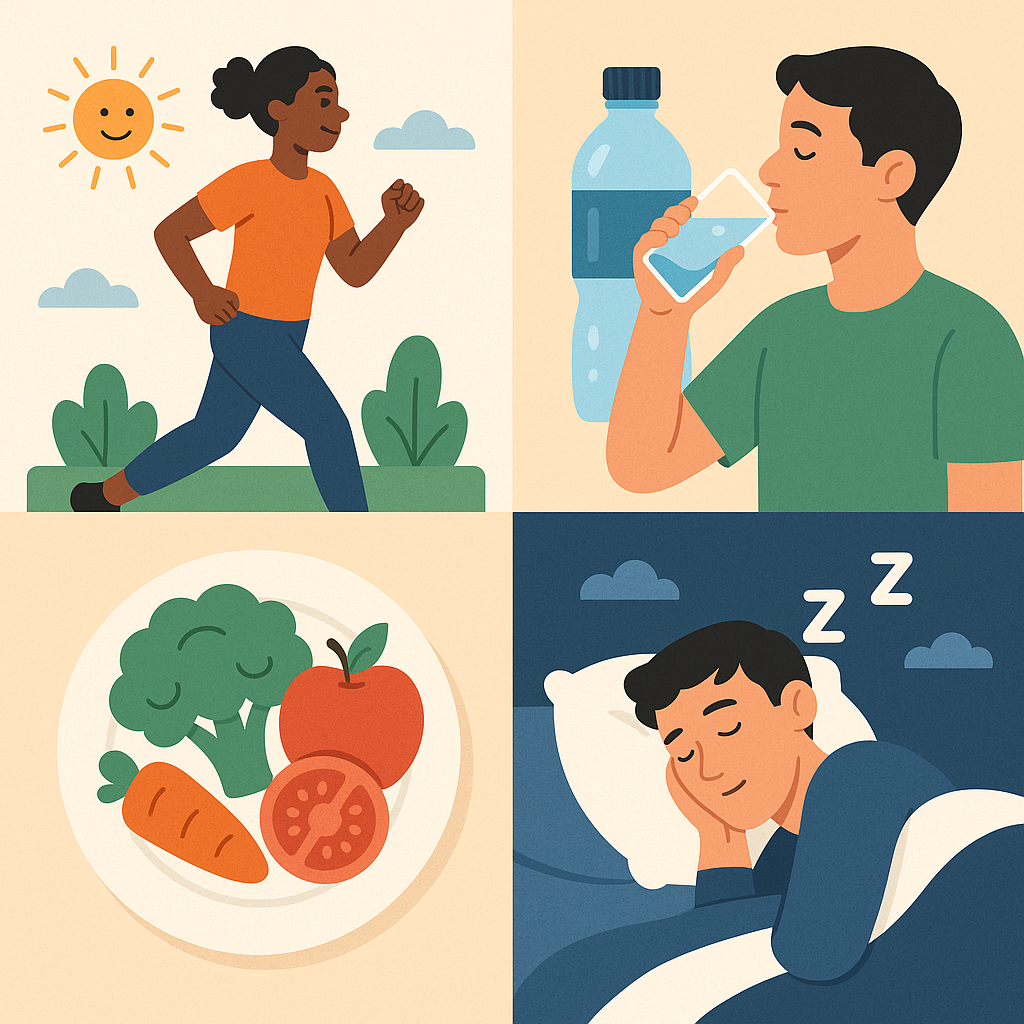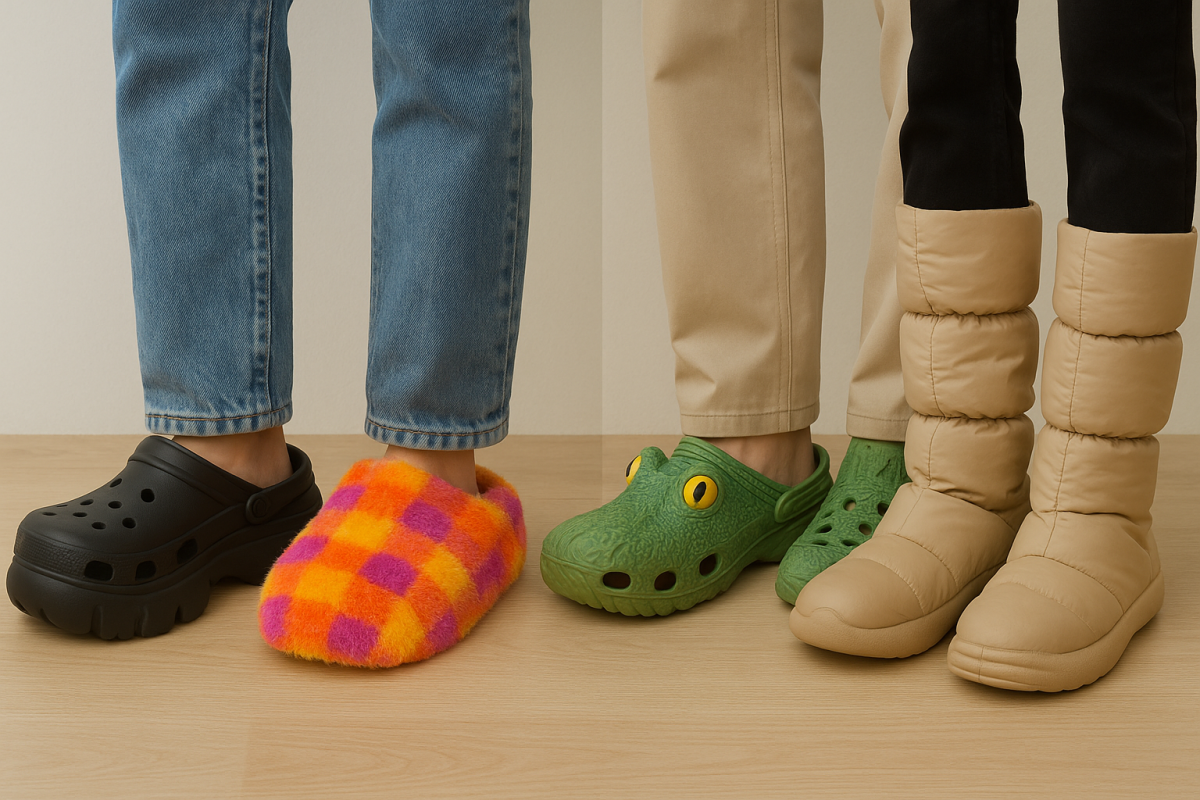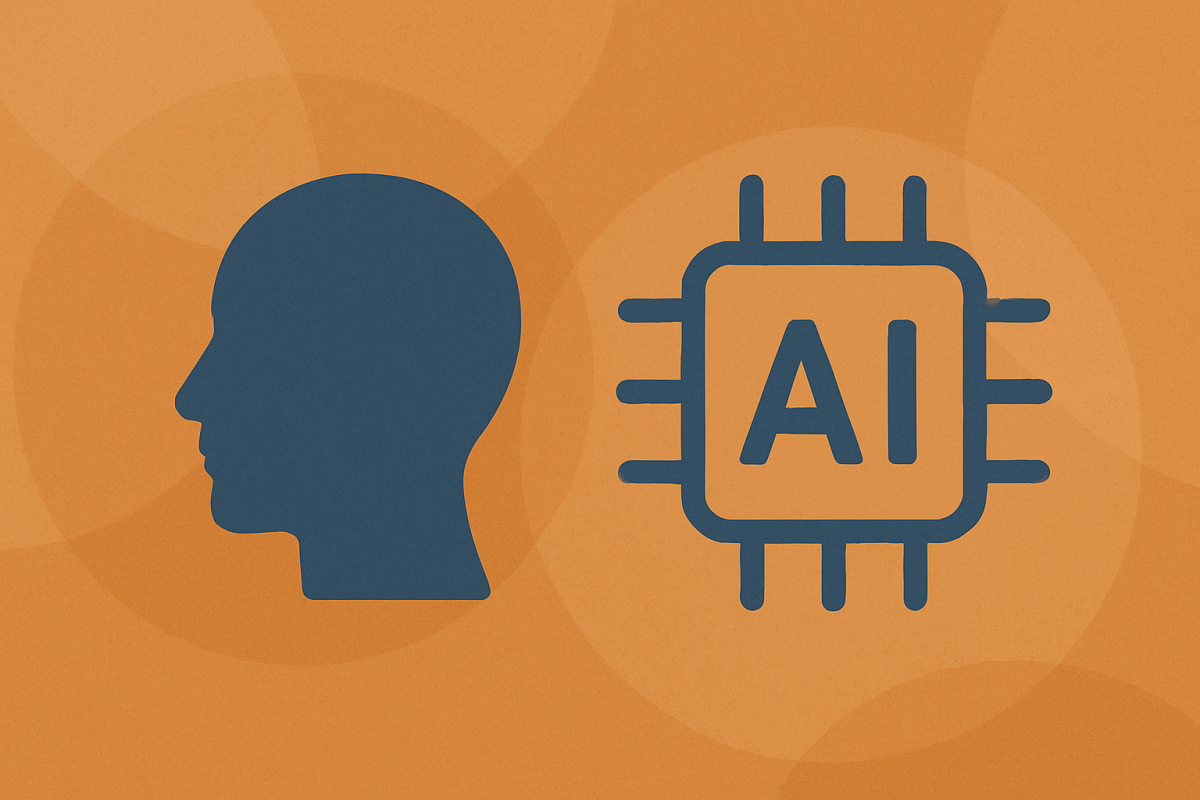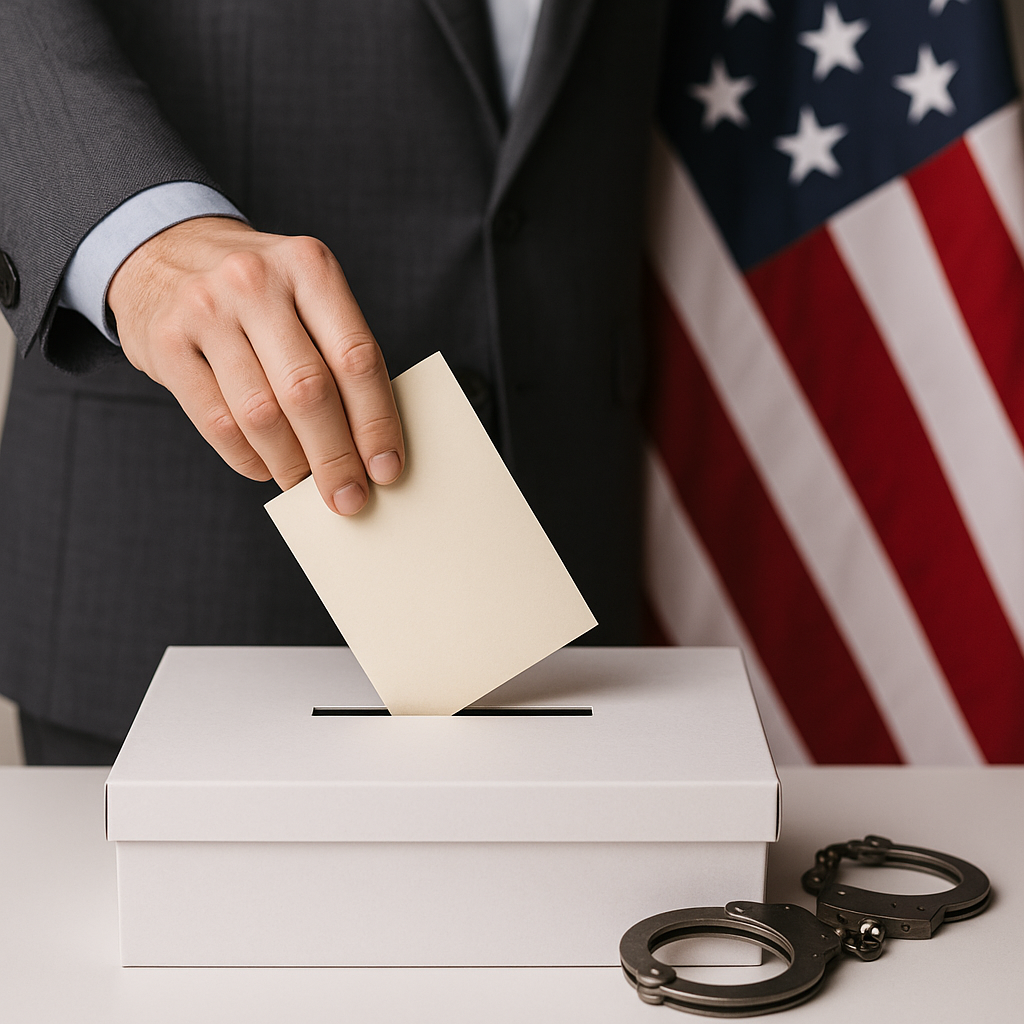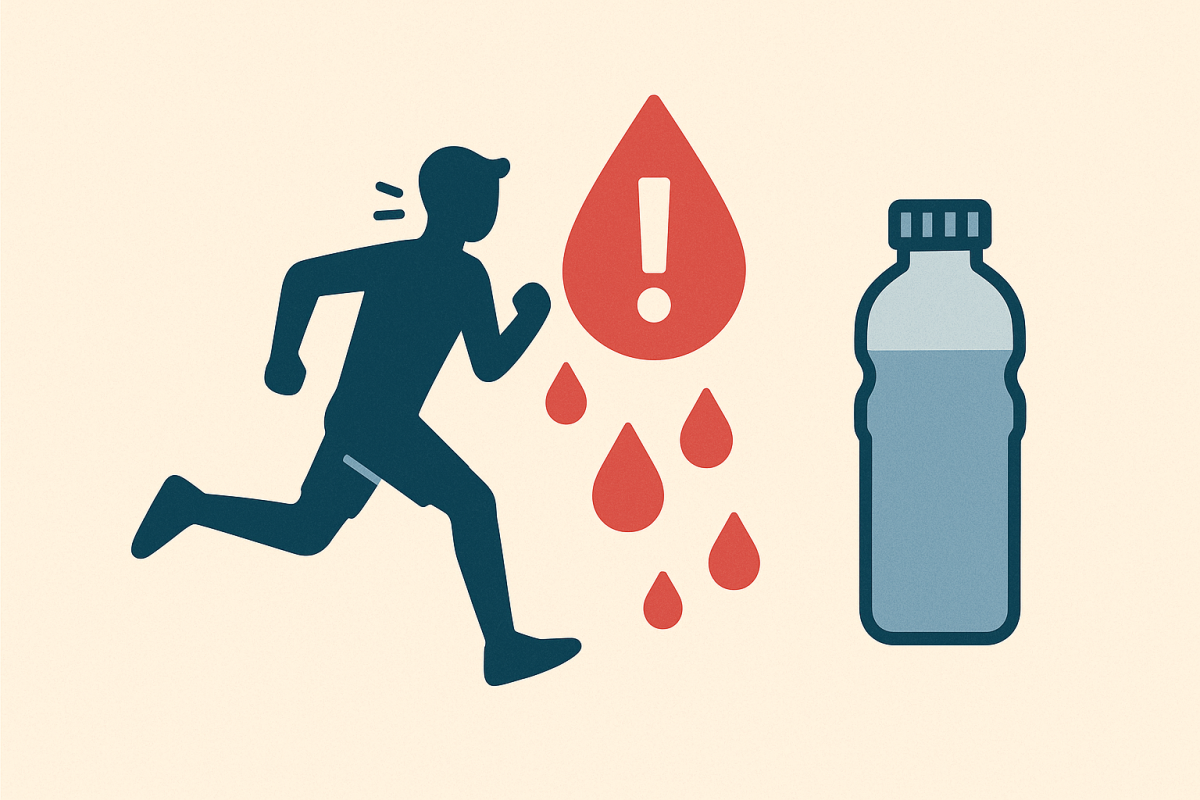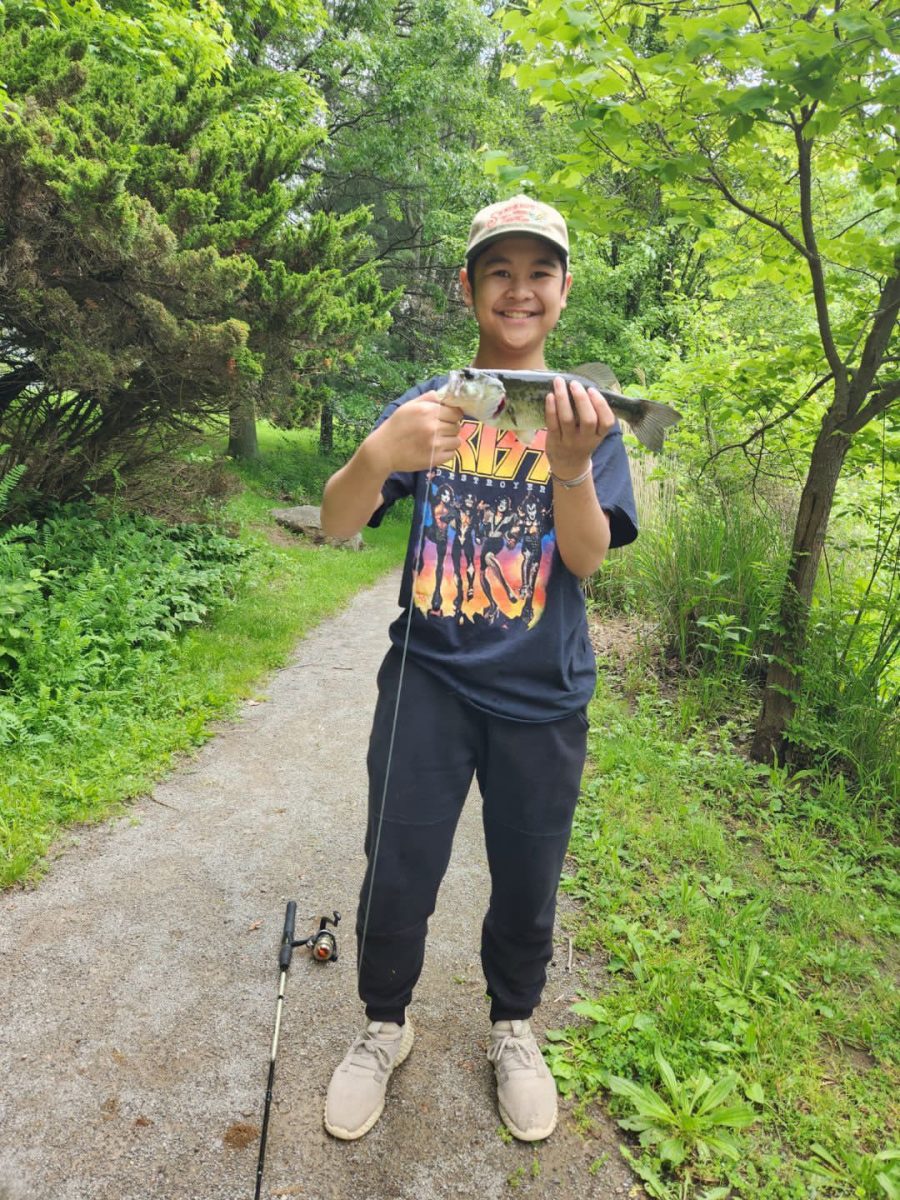Do you like a little whisper in your ear? ‘Autonomous sensory meridian response’ (ASMR) is specific triggering audio or visual that starts with a noise and leads to a sensation throughout the body. Many people cringe over the thought of ASMR, let alone actually enduring it. Many find this phenomenon online, but this is soon to become an in person as a live audience show as well. Self selected viewers watch these videos to reduce stress, depression, insomnia and chronic pain. Picking up a camera and whispering into a microphone can lead to becoming an influencer, providing this content for millions of viewers online. These videos may distract viewers from what is going on in their mind to reduce stress. The same tingling sensations came about when being talked as a child, with a soft and calming tone of voice speaking clearly and directly to the person.
Soap Breaking ASMR
Soap Tingling ASMR is a video filled with sounds of thick pieces of soap being broken apart into particular small pieces. Some creators tap the bars of soap, with their long fingernails. Watching these soap-asmr videos can bring the experience of a tingling, static-like sensation across the top of the listener’s scalp, the back of your neck, and at times it can go further throughout your body. Another trigger that is close to soap breaking is the slime ASMR videos.
Many, including Izzy Menefee ‘25, usually only come across ASMR videos when scrolling through social media.
“I feel like I don’t really listen to it, and the only time I see it is when I am scrolling through tik tok and I pass someone who is livestreaming. When I sit there and actually watch for a second, I usually find something I haven’t seen before,like eating cornstarch or rubbing a brush on a microphone. A lot of mouth noises lowkey creeps me out, ” Menefee said.
Whispering
This is the most common ASMR trigger, and the easiest way to bring triggers to ongoing pears. Some online creators speak softly rather than whispering.
Chewing
When watching chewing ASMR videos, most people either love them or hate them. There is a huge cross over between love and hate throughout chewing, where some become disgusted by the fact, while others are relaxed by the sensations. Steve Donelly, GHS data science foundations, and AQR teacher, shared his thoughts on chewing,
“Chewing gives me nightmares, People Crunching bags are just annoying, and whispering isn’t terrible, that’s the least annoying trigger,” Donnelly said.
Crinkling
Think of the noise happening throughout time in the cafeteria such as rusle of a plastic bag, the crumpling of the parchment paper. These subtle texture sounds act as a trigger ready to make music to your ears. IEP teacher, Cynthia Young, shares her thoughts.
“I don’t like chewing, I would say I would not like [asmr],The whispering is annoying, and so is the weird paper noises. I do not think I would listen to it for fun, like what are they even saying, I can’t hear them?” Young said.
Mr Donelly
“Chewing gives me nightmares, people crunching bags are just annoying, and whispering isn’t terrible, that’s the least annoying trigger.”
Mrs Young
“I don’t like chewing.I would say I would not like it [asmr].The whispering is annoying, and so are the weird paper noises. I do not think I would listen to it for fun, like what are they even saying, I can’t hear them?”
Izzy Menefee
“I feel like I don’t really listen to it, and the only time I see it is when I am scrolling through Tik Tok and I pass someone who is livestreaming.When I sit there and actually watch for a second,I usually find something I haven’t seen before,like eating cornstarch or rubbing a brush on a microphone. A lot of mouth noises, lowkey creeps me out.” ‘25
Brielle Cline
“I think it’s satisfying.I love watching the slime videos, and it honestly relaxes me.”
Jenna Veney,
“It makes me want to rip my ears off. Do not watch or listen to Asmr around me.” ‘25
ASMR started online in 2010 when the creator, Jennifer Allen, a nonscientist looking to create an official sounding name for the sensory phenomenon, (ASMR) started an online facebook group where people came to talk on the topic.
“I first remember experiencing ASMR and noting that it was a strange occurrence in my early 20s. I searched the Internet a number of times for any indication of what the experience was or who else might share it, but found nothing for over a decade,” Allen said.
Although Allen was the first to discover the meaning behind ASMR, she is not the only one who has made an impact on the topic. Millions of people online have become influencers by whispering word ‘triggers’ into a microphone, and gaining mass popularity from giving people ear pleasure. ASMR originally came about on Facebook, where this gained the most popularity. After becoming famous on facebook, it then went onto more popular platforms including tiktok and instagram reels.
ASMR is controversial partly due to the physical reaction it has on the body. Listeners experience “tingles” from the sound, which is similar to goosebumps. This sensation is what draws many people in, but is also the reason many people are uncomfortable with the topic.
This tingling sensation reportedly begins at the head and spreads down the body of the listener, leaving them with a wave of tranquility. This however, is not the only reaction that can be had to ASMR, many are turned off from ASMR.
Discomfort and overstimulation are some negative aspects of sitting through an ASMR video. ASMR can be used to help thoughts become quiet when unwinding for the night, but for some this can be a distraction and interrupt sleeping time. ASMR content includes a variety of sounds from gentle whispering, to tapping or scratching. Specific sounds in ASMR videos can bring discomfort, and this reaction may be indicative of misophonia, which is a strong negative response to emotion to certain sounds.
How has ASMR reached the district?
ASMR has its reach, even to the Green School District. Inside our very own Green Intermediate School, Mrs. Lori Morgan, who is the school guidance counselor, along with the mental health and grief manager, explains a room for students that has its very own touch of ASMR.
“Here at Green Intermediate,we have a ‘relaxation room’ where students can go to de-escalate if they are having disruptive behaviors or anxiety etc. We have multiple things available to students in this room, but one is youtube videos that are playing,” Morgan said.
When kids in younger grades are stressed or may be having a little bit of anxiety, there is a safe place available to help under-stimulate the student. Starting long school assignments at a young age can become overwhelming at first. A researcher from Pepperdine University, Brian Zhou, explains the benefits inside of schools.
“I encourage ASMR research in schools, medical settings and more so that the world can finally understand the spectacle that is ASMR. The sensation is proven to help with a slew of things ranging from ADHD to addiction to athletic performance and more,” Zouh said.
In this generation, ASMR can help bring students relaxation and remind them to stay calm when working through vigorous activities that could make them anxious in the long run, and lead them to shutting down. Behaviors through younger aged kids can be hard to handle, and sometimes our school authority has to reach a little bit harder to provide for our students.
“Growing up and going into your Middle-School age can be hard, and put a lot of stress on students. These sounds do help relax and de-escalate students,” Morgan said.




